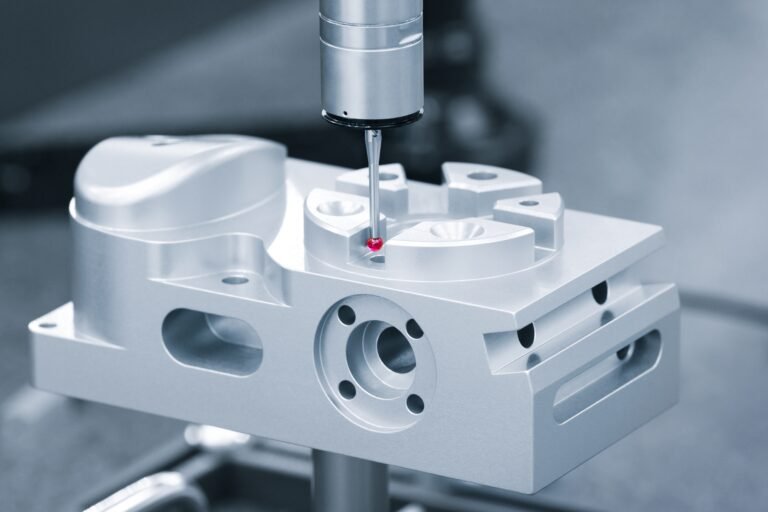When anodized aluminum loses its shine, it looks dull and old, even if the part is still strong and usable.
You can polish anodized aluminum by cleaning the surface, removing oxidation carefully, and finishing with a protective polish that restores shine without damaging the anodized layer.
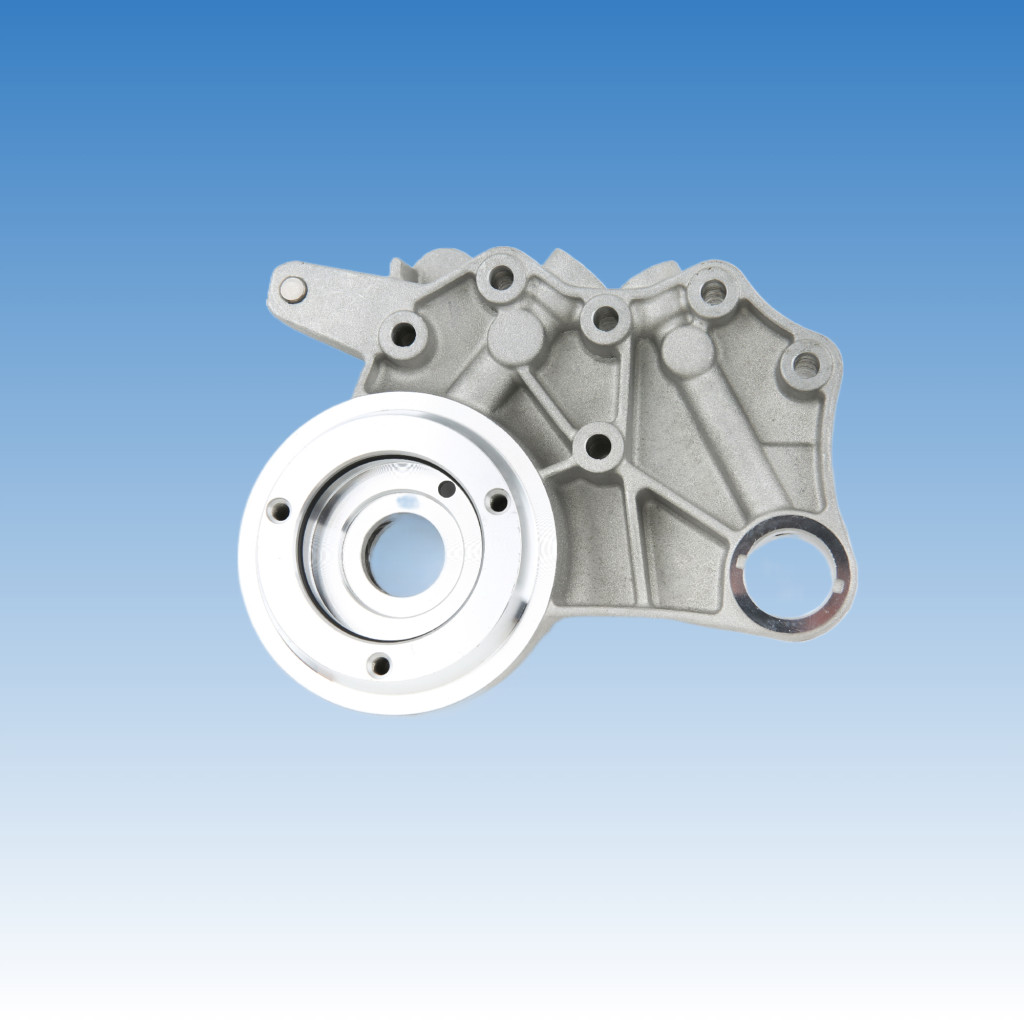 )
)
If you want to restore the look of anodized aluminum, it is important to use the right process. If the wrong methods are used, the surface can be scratched or stripped, which means the protective anodized coating no longer works. That can shorten the life of the product, so careful polishing is key.
How to make anodized aluminum shiny again?
When anodized aluminum gets dull, it can look faded and unattractive. This often happens after years of use, exposure to sunlight, or contact with water and dust.
You can make anodized aluminum shiny again by cleaning with mild soap, gently buffing with non-abrasive polish, and applying a sealer or wax for protection.
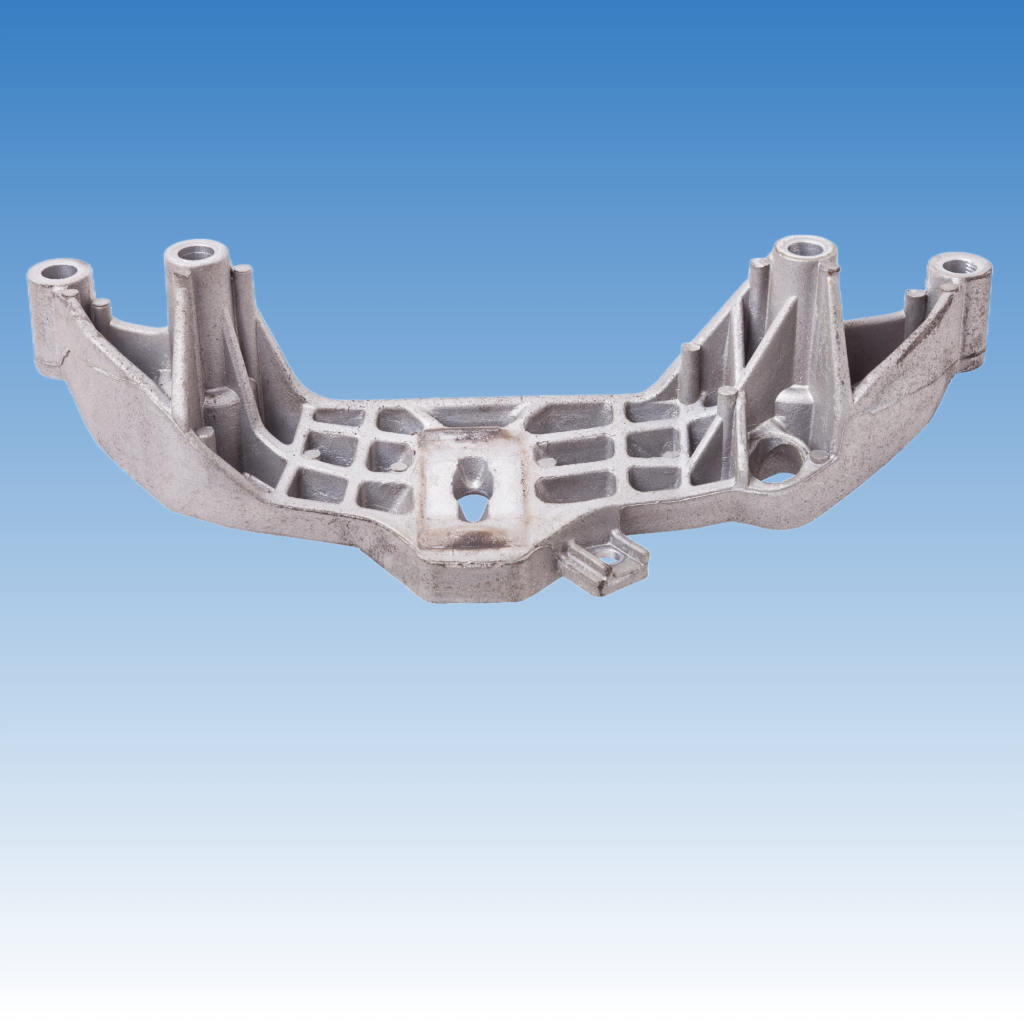 )
)
The first step is always cleaning. I use warm water with mild dish soap to remove grease, dirt, and stains. I then dry the surface fully with a soft cloth to prevent water spots. After cleaning, I apply a non-abrasive aluminum polish designed for anodized surfaces. Using a microfiber cloth, I rub it in small circles until the shine returns. I never use steel wool or harsh pads, as they scratch and strip the coating. After polishing, I finish with a wax or sealer. This keeps the surface shiny for longer and protects against future oxidation.
Key Steps for Restoring Shine
| Step | Action | Tools Needed |
|---|---|---|
| 1 | Wash with mild soap | Warm water, dish soap, sponge |
| 2 | Dry fully | Soft cotton or microfiber cloth |
| 3 | Polish gently | Non-abrasive polish, microfiber cloth |
| 4 | Seal surface | Wax or aluminum sealer |
Can you polish scratches out of anodized aluminum?
Scratches on anodized aluminum are a common issue. They can make even new products look damaged and worn out.
Light scratches can be polished out with fine polish, but deep scratches cannot be removed without stripping the anodized layer.
 )
)
From my own work with parts, I learned that small surface scratches can usually be blended. I use a fine polishing compound meant for anodized surfaces. With a microfiber cloth, I work slowly in circular motions. This reduces the scratch’s appearance. However, deeper scratches that cut through the anodized layer cannot be polished out. To fix those, the part needs to be re-anodized. That process involves removing the old coating, treating the aluminum again, and applying a new anodized finish. For expensive or visible parts, this is often the only way to get a like-new look.
Scratch Treatment Guide
| Scratch Depth | Fix Method | Risk |
|---|---|---|
| Light | Non-abrasive polish | Minimal |
| Medium | Polishing with fine compound | May reduce coating |
| Deep | Re-anodizing required | Expensive, time-consuming |
How to clean pitted anodized aluminum?
Pitting is one of the toughest problems with anodized aluminum. It often comes from salt, moisture, or chemical exposure.
You can clean pitted anodized aluminum by removing dirt with soap, treating pits with aluminum cleaner, and sealing the surface to prevent further damage.
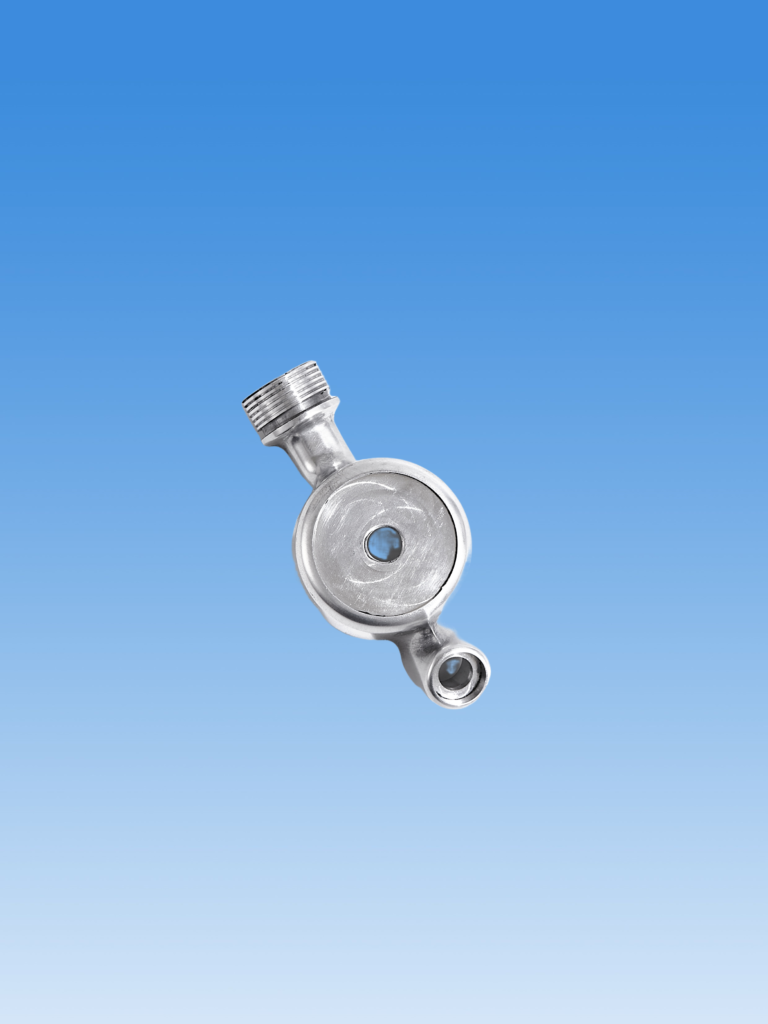 )
)
Pitting means the metal surface has tiny holes or corrosion marks. These are harder to fix than scratches. First, I wash the surface with soap and warm water to remove surface dirt. Next, I use an aluminum-safe cleaner, applied carefully only on the pitted areas. I let it sit shortly and rinse fully. The goal is to slow corrosion, not make the pits vanish. After drying, I apply a protective wax or sealer to block water and salt from getting deeper into the surface. In some severe cases, when the pitting is deep, the part may need refinishing. But for most cases, cleaning and sealing keeps the part usable and looking better.
Pitting Repair Process
| Step | Action | Notes |
|---|---|---|
| 1 | Wash with soap | Remove dirt and grease |
| 2 | Apply aluminum cleaner | Use product safe for anodized parts |
| 3 | Rinse and dry | Avoid water spots |
| 4 | Protect surface | Wax or sealant slows corrosion |
What is the best way to clean anodized aluminum?
Different cleaning methods can confuse buyers. Some methods work, but others cause damage.
The best way to clean anodized aluminum is to use mild soap, avoid abrasives, rinse fully, and protect the surface with a sealer.
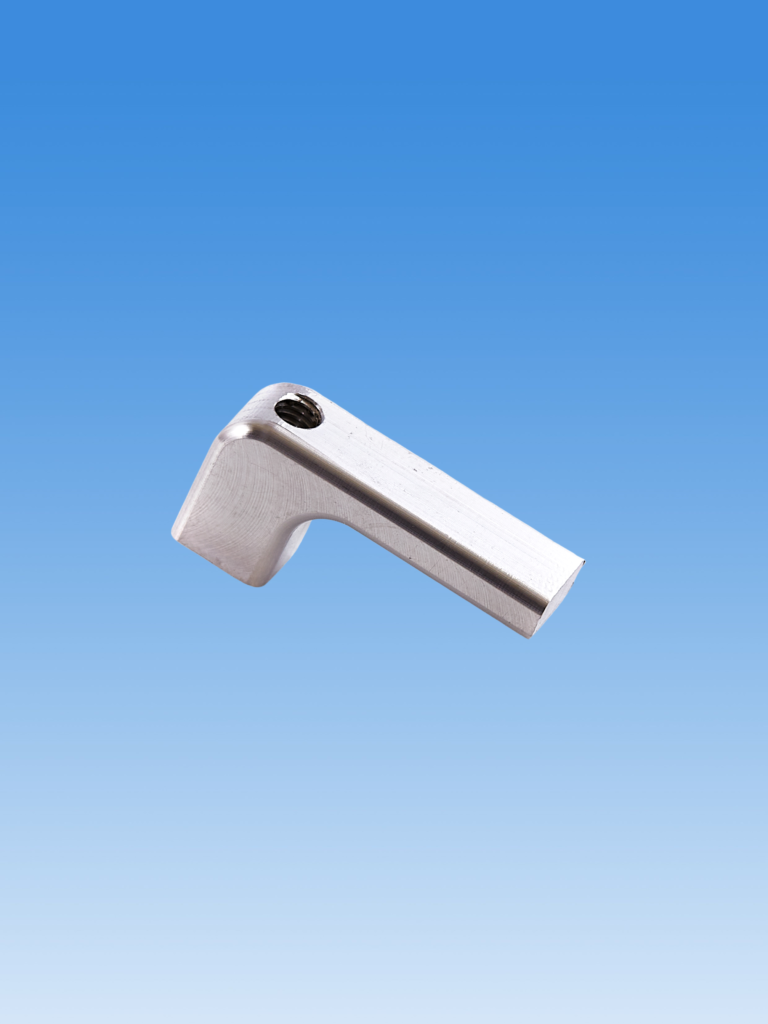 )
)
I always keep my cleaning routine simple. I never use strong chemicals like bleach or ammonia, because they damage the anodized layer. Instead, I mix warm water with mild dish soap and clean with a soft sponge. After rinsing, I dry with a cloth to avoid water spots. For stubborn stains, I use a cleaner that is made for anodized aluminum. This prevents damage and restores the surface safely. Finally, I apply wax or a protective spray. This step is often missed, but it helps reduce oxidation, stains, and fading in the future.
Best Cleaning Method
| Step | Action | Why It Works |
|---|---|---|
| 1 | Use mild soap | Safe for anodized coating |
| 2 | Avoid abrasives | Prevent scratches |
| 3 | Rinse fully | Remove all cleaner |
| 4 | Dry immediately | Stop water spots |
| 5 | Apply sealer | Protects surface longer |
Conclusion
Polishing anodized aluminum means careful cleaning, gentle polishing, and sealing for long-lasting shine and protection.

